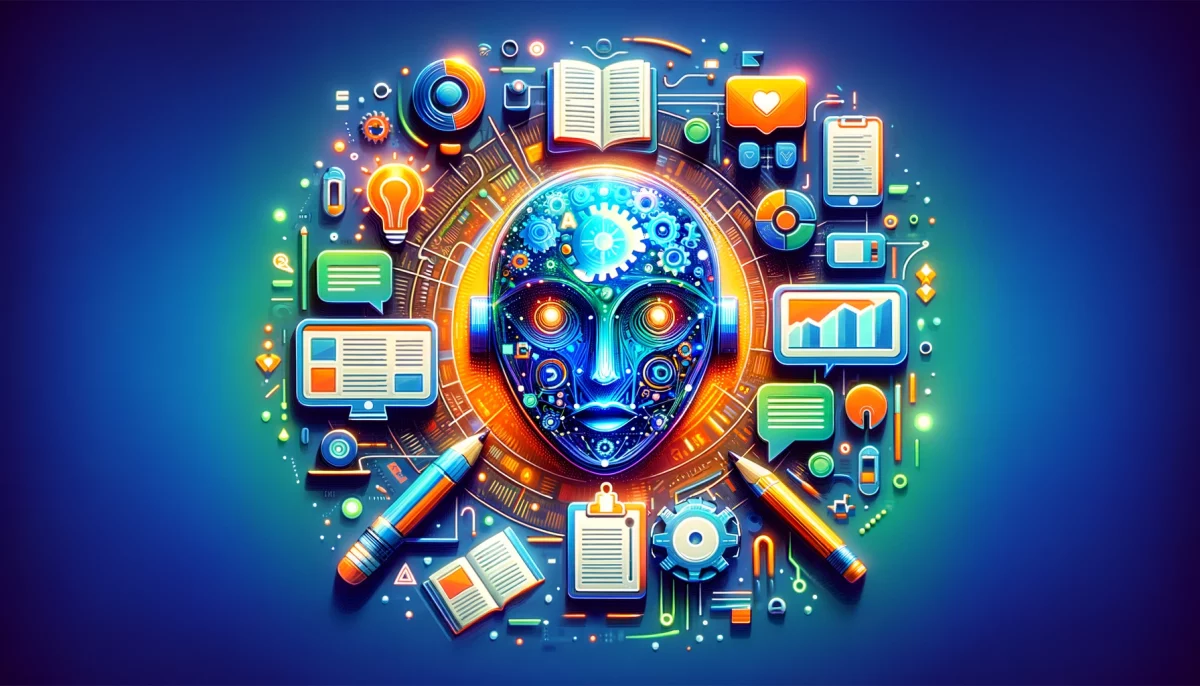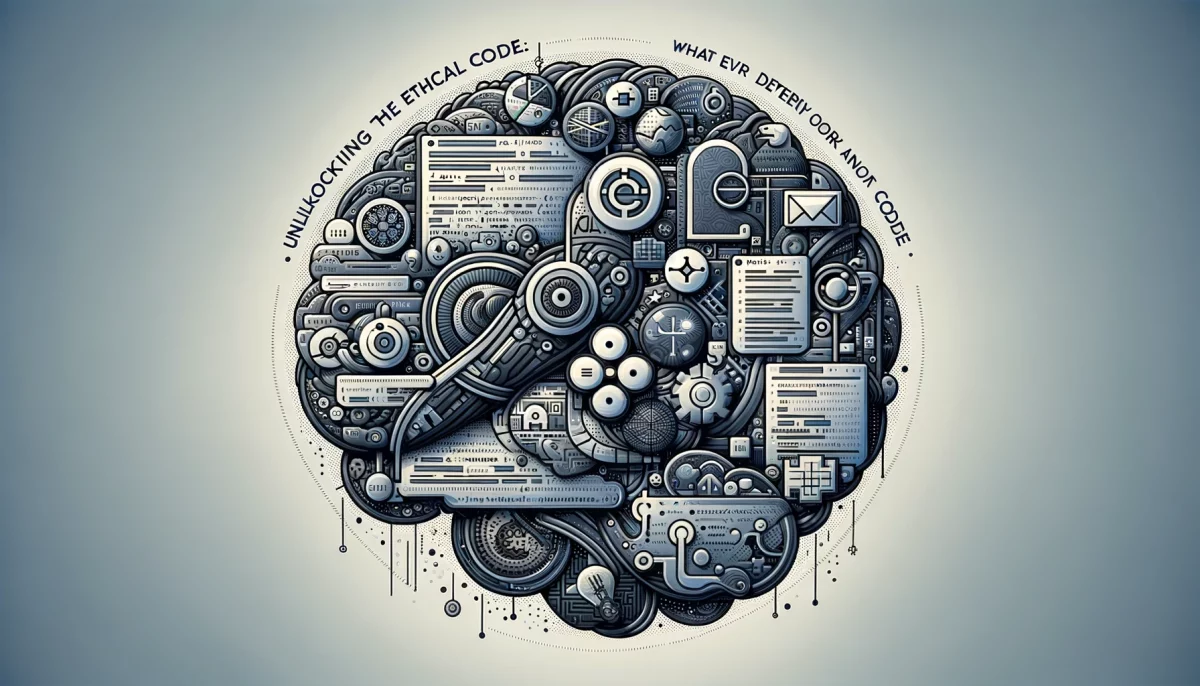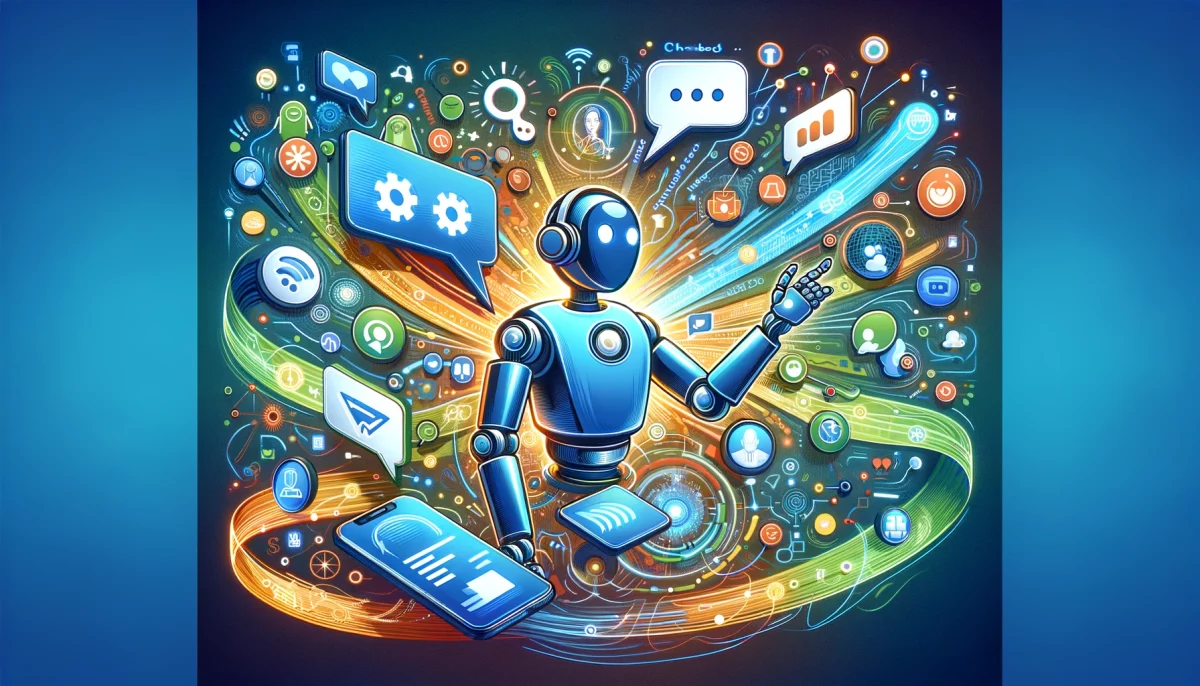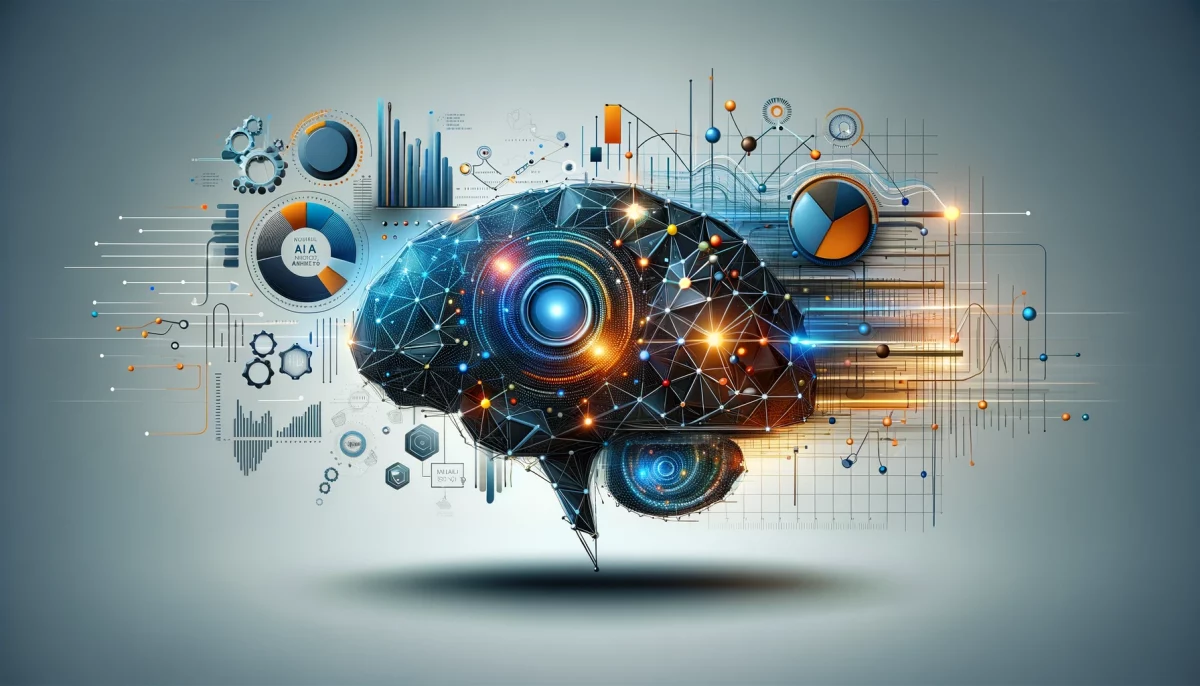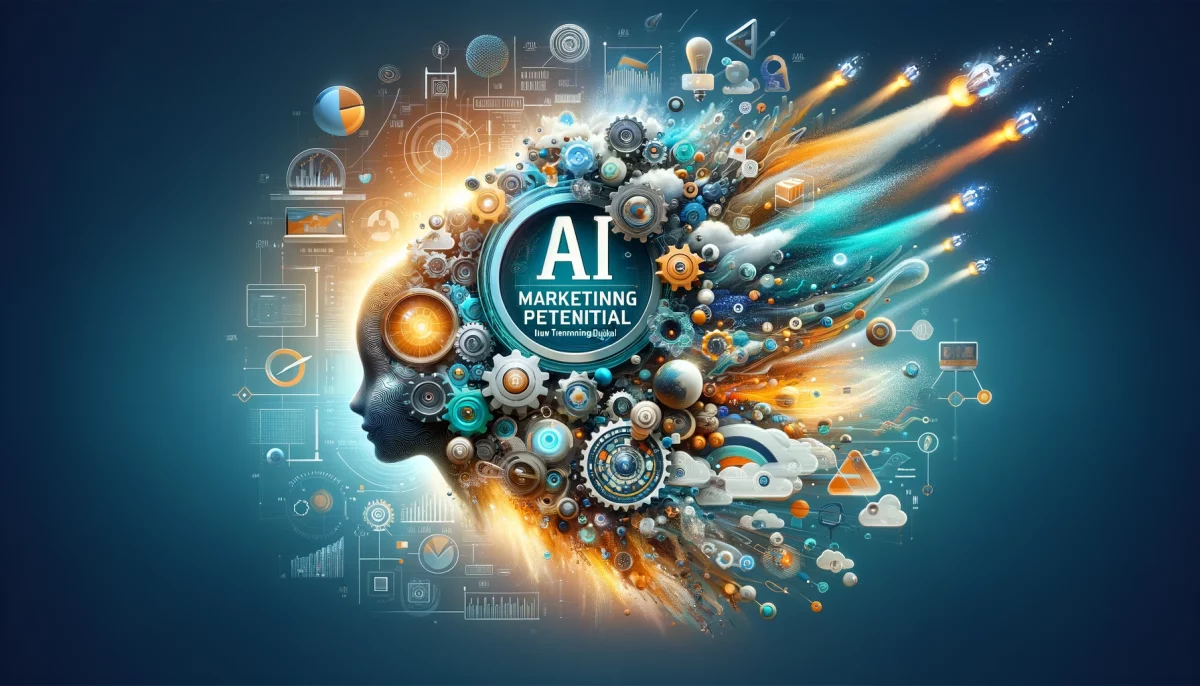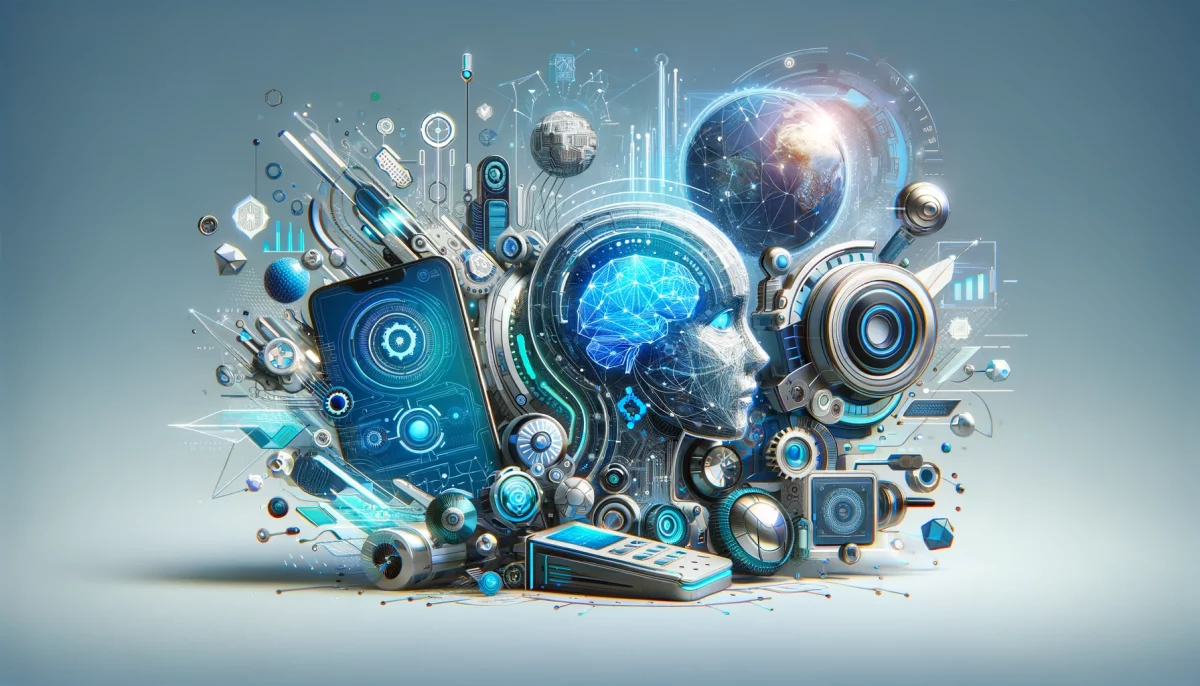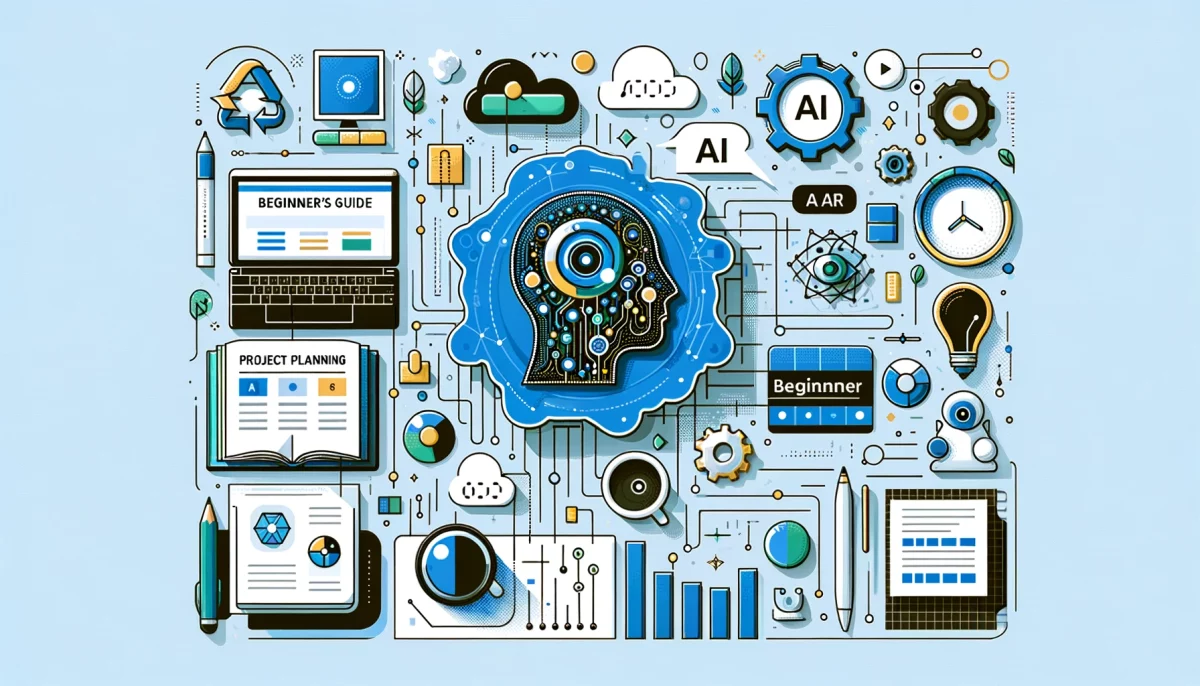Imagine a world where the tedious task of content creation is simplified, where you can produce high-quality blog posts in a fraction of the time it usually takes. Welcome to the revolution in blogging—AI-Driven Content Generation.
Artificial Intelligence (AI) has permeated various industries, and the realm of blogging is no exception. AI-Driven Content Generation is a groundbreaking technology that leverages machine learning algorithms and natural language processing to create content that not only reads well but also resonates with your target audience.
In an era where content is king, the ability to produce high-quality, relevant material quickly is invaluable. AI-Driven Content Generation offers a compelling solution to the challenges bloggers face today, from time constraints to consistency and quality.
The Evolution of Content Generation
Traditional Methods
In the early days of blogging, content generation was a manual process that required a significant investment of time and effort. Bloggers would research topics, outline their thoughts, and painstakingly write each post. The focus was primarily on quality, but the process was often slow and labour-intensive.
The Rise of AI in Content Creation
Fast forward to today, and the landscape has dramatically changed. With the advent of AI technologies, content generation has undergone a radical transformation. AI-Driven Content Generation tools can analyze vast amounts of data, understand context, and produce content that is not only high-quality but also tailored to specific audiences.
This shift is not just a technological advancement; it’s a paradigm change that has the potential to redefine the blogging industry. AI tools are becoming increasingly sophisticated, capable of generating content that rivals, and in some cases surpasses, human-generated content in terms of quality and relevance.
How AI-Driven Content Generation Works
Natural Language Processing (NLP)
One of the core technologies behind AI-Driven Content Generation is Natural Language Processing (NLP). NLP algorithms analyze human language, breaking it into essential components like syntax, semantics, and context. This enables AI tools to understand the nuances of language, making it possible to generate content that is coherent and contextually relevant.
Machine Learning Algorithms
Machine learning plays a pivotal role in the effectiveness of AI-Driven Content Generation. These algorithms learn from data, continually improving their performance over time. For instance, they can analyze reader engagement metrics and adapt the content accordingly, ensuring it resonates with the target audience.
Data-Driven Insights
The power of AI-Driven Content Generation also lies in its ability to leverage data. Whether it’s analyzing user behaviour, market trends, or social signals, AI tools can sift through massive datasets to glean insights that would be impossible or incredibly time-consuming for a human to achieve. This data-driven approach allows for highly personalized and targeted content.
Benefits of AI-Driven Content Generation
Efficiency and Speed
One of the most compelling advantages of AI-Driven Content Generation is its efficiency. Gone are the days when bloggers had to spend hours, if not days, researching and writing a single post. With AI, you can generate a well-crafted article in minutes, freeing time for other essential tasks like marketing and audience engagement.
Quality and Consistency
Maintaining a consistent level of quality is a challenge for any blogger. AI-Driven Content Generation tools can help overcome this hurdle by ensuring that each piece of content meets predetermined quality standards. Advanced algorithms analyze various elements like sentence structure, grammar, and keyword density to produce content that is not only engaging but also SEO-friendly.
Personalization and Relevance
In today’s digital landscape, personalization is key to capturing and retaining an audience. AI-Driven Content Generation allows for a high degree of customization, tailoring content to individual user preferences and behaviours. This level of personalization enhances user engagement and increases the likelihood of conversions.
Ethical Considerations and Challenges
Authenticity and Originality
While AI-Driven Content Generation offers numerous benefits, it also questions authenticity and originality. Can a machine-generated article truly capture a human writer’s unique voice and perspective? This is a concern that bloggers and readers alike must grapple with as AI continues to make inroads into the content creation sphere.
Ethical Implications
The use of AI in content generation also brings up ethical considerations. For instance, there’s the potential for AI to generate misleading or false information, especially if the algorithms are not adequately trained or supervised. This raises questions about accountability and the ethical responsibilities of using AI tools in content creation.
Overcoming Challenges
Despite these challenges, there are ways to integrate AI responsibly into the blogging ecosystem. Transparency is key; disclosing the use of AI in content generation can go a long way in building trust with your audience. Additionally, human oversight can ensure that the content remains accurate and ethically sound.
Case Studies and Real-world Applications
Automated News Reporting
One of the most prominent applications of AI-Driven Content Generation is in the field of automated news reporting. Organizations like the Associated Press have started using AI to generate news articles, particularly for data-heavy topics like financial reporting. This not only speeds up the process but also ensures a high level of accuracy.
Content Marketing
In content marketing, AI-driven content Generation tools are used to create everything from blog posts to social media updates. Companies like HubSpot and Salesforce leverage AI to produce content that is not only engaging but also highly targeted, resulting in improved ROI for their marketing campaigns.
Academic Research
AI is also making its mark in the academic world. Researchers are using AI-Driven Content Generation tools to assist in literature reviews, data analysis, and even the drafting of research papers. This has the potential to revolutionize the way academic research is conducted, making it more efficient and comprehensive.
AI-Driven Content Generation
AI-Driven Content Generation is revolutionizing the blogging industry in numerous ways. The benefits range from increasing efficiency and maintaining quality to offering highly personalized content. However, it’s essential to consider the ethical implications and challenges of integrating AI into content creation.
As technology advances, AI-Driven Content Generation is poised to become an integral part of the blogging landscape. The potential for further innovation is immense, and it’s only a matter of time before AI becomes the standard for content creation in blogging.
The future is here, and it’s automated. Embracing AI-Driven Content Generation is not just an option; it’s necessary for bloggers who want to stay ahead of the curve. So, why wait? Dive into the world of AI and discover how it can elevate your blogging game to new heights.
